The Nature of Nothing, And Why Nothing Is One Of The Most Interesting Somethings In Physics
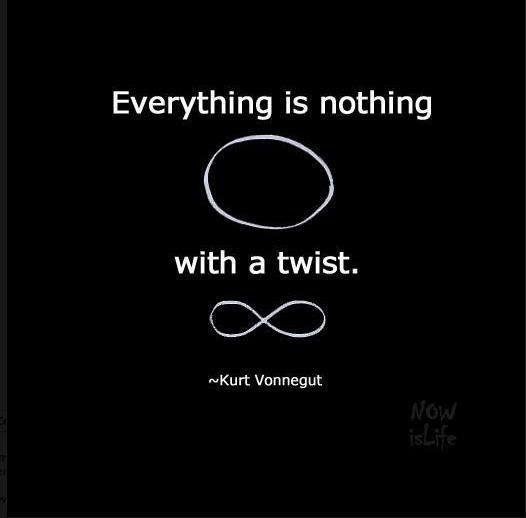
It turns out that nothing is one of the most interesting somethings in all of physics.
How do we study nothing?
An empty jar still contains somethings - like molecules of air and a bath of infrared light from its warm environment.
There is also an ambient electromagnetic buzz from the surrounding city and a stream of exoric particles from the surrounding cosmos.

But what if we vacuum out every last molecule of air, chill the jar to absolute zero and shield it from all external radiaton?
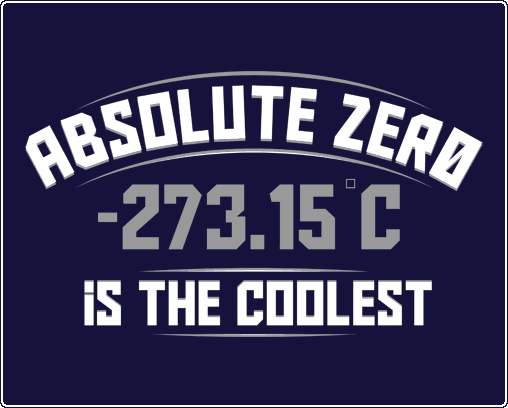
The jar contains only empty space. But it turns out that empty space is far from nothing.-ll times. But here we run up against that pesky heisenberg's uncertainty principle once again.
It is impossible to simultaneously fix position and momentum. Well, it is also impossible to simultaneously perfectly define time and energy. The more tightly we try to define the time window for the behavior of a quantum oscillator, the less certain we can be of its energy state in that time window.
On extremely short time scales, a quantum field exists as a blur o many energy states.
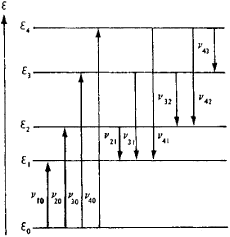
In a vacuum, the most likely state in that blur is the zero energy vacuum state.
But some times the field finds it self with enough energy to create a particle, seemingly out of nothing.
We call them virtual particles, and they seem to be the machinery under the hood of all particle interactions in the universe, at least as described by the quantum field theory.
For example, the quantum field theory describes the electromagnetic force as the exchange of virtual photons between charged particles.
Virtual particles are the links governing all particle interactions in the famous Feynman diagrams.
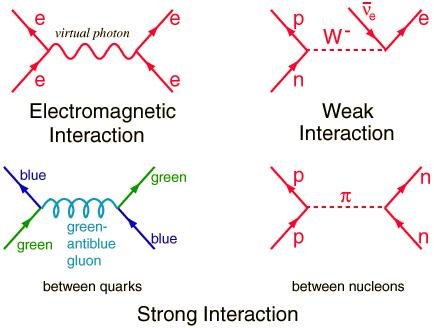
But to properly calculate an interaction of real particles, every imaginable behaviour of the connecting virtual articles must be accounted for. This includes seemingly impossible behavior.
For example, in QFT, virtual particles can have any mass and any speed, including speeds faster than light, and can eventravel backwards in time.
The ambiguous realness of virtual particles seems to grant them some surreal freedoms, but there are restrictions.
For example, quantum conservation laws must be obeyed so most virtual particles are created in particle-antiparticle pairs. But the ultimate price is that virtual partcles can exist only for the instant allowed by the Heisenberg uncertainty principle. And the higher the energy of the particle, the less time it can exist.
This restriction defines the range of the fundamental forces.
For example, the massless photon can have the tiniest of possible energies. And so virtual photons can exist for any amount of time. Long enough to carry the electromagnetic force to any distance.
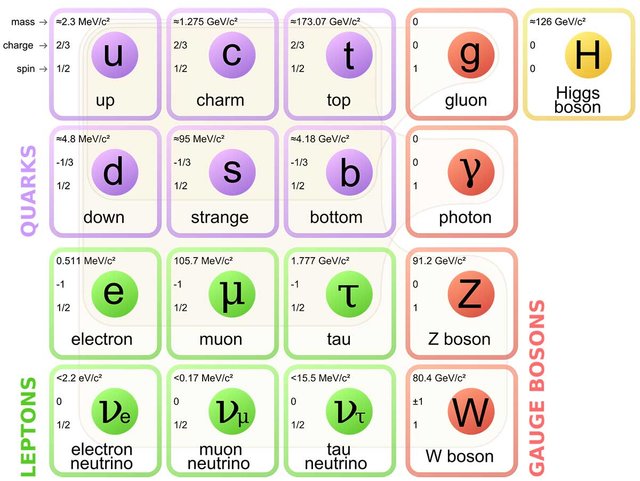
On the other hand it always takes a baseline chunk of energy to create a gluon, the carrier of the strong nuclear force. Because gluons have mass. That means there's a limit to how long virtual gluons can exist and travel, which in turn makes the strong nuclear force a very short-range.
It can be argued that virtual partiles are just a mathematical tool to describe the behavior of a dynamic vacuum and that no such particles actually exist, or that they are only the quantum possibilities of particles, which somehow govern the interactions of real particles without themselves being burdened with reality.
Real or not, the calulations of QFT, which hinge on these particles, are stunningly accurate.
But how do we verify the existence of these elusive critters?
They live in the interval between measurements of real particles. By definition, they can only exist when we aren't watching. But they do nonetheless leave their ghostly mark on the universe.
The first hint of the existence of virtual particles came in 1947, when Willis Lamb and Robert Rutherford noticed a tiny energy difference between the two electron orbitals that comprised the second energy level of the hydrogen atom.

According to the best existing theory of the time, those orbitals should have had exactly the same energy. The slight difference, now called the Lamb shift, inspired theorists to dig deeper. They didn't take long.
In the same year the Lamb shif was first observed German physicist Hans Bethe successfully explained it in tems of an fluctuatin vacuum energy.
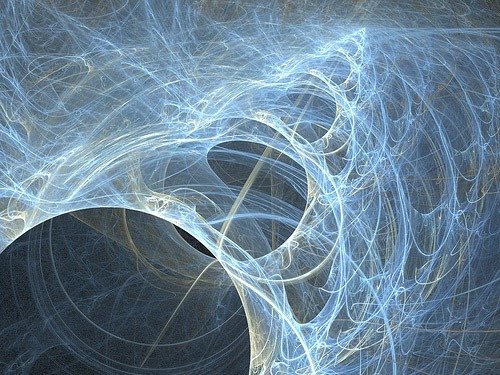
Virtual particle-antiparticle pairs in the spae between the orbitals and the nucleus align themselves with the electric field. This partially shields the orbiting electrons from the positive charge of the nucleus, with the amount of shielding being slightly different berween these orbits.
The calculation of the size of the Lamb shift is now one of the mose accurate predictions on all of physics.
Another way to hunt for virtual particles is through through their bulk effect on the vaccum.
See, if quantum fields are abuzz with particles popping into and out of existance, then the so-called zero point energy of those fields should not be zero.
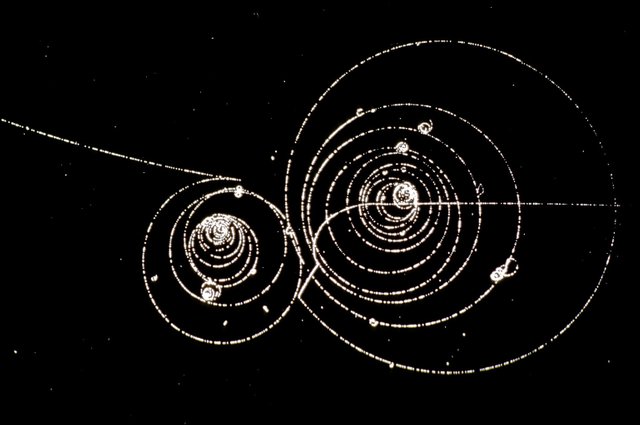
Completely empty space should have some real energy. It should have vacuum energy.
In 1948, the Dutch physicist Hendrik Casimir came up with a brilliant scheme to detect this.
He imagined two conducting plates, brought so close together that only cetain virtual photons could exist between the plates. In the same way that an organ pipe or a guitar string of a particular length only resonates with waves of cetain frequencies, any non-resonant virtual photons would be excluded, reducing the vacuum energy between the plates, all frequencies of virtual photons are allowed.
Hendrik Casimir
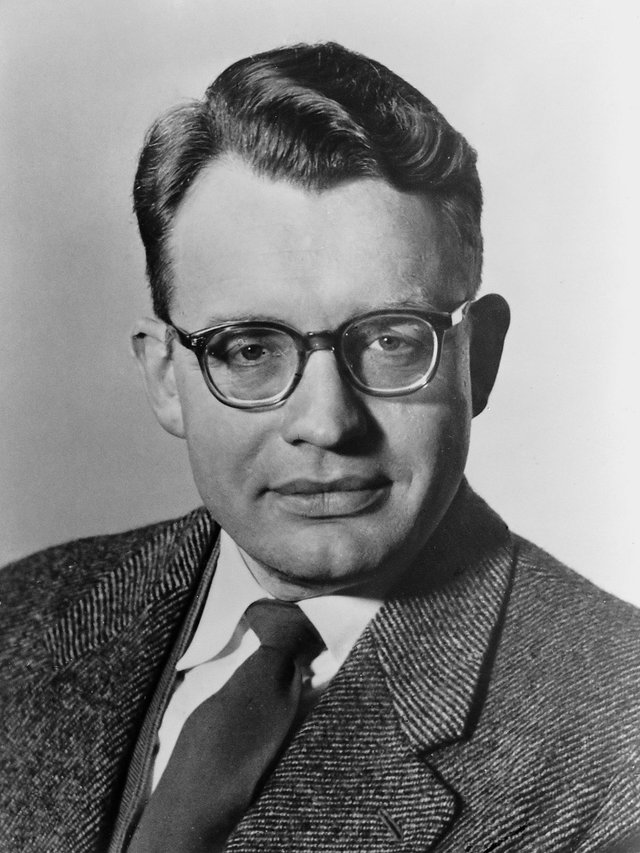
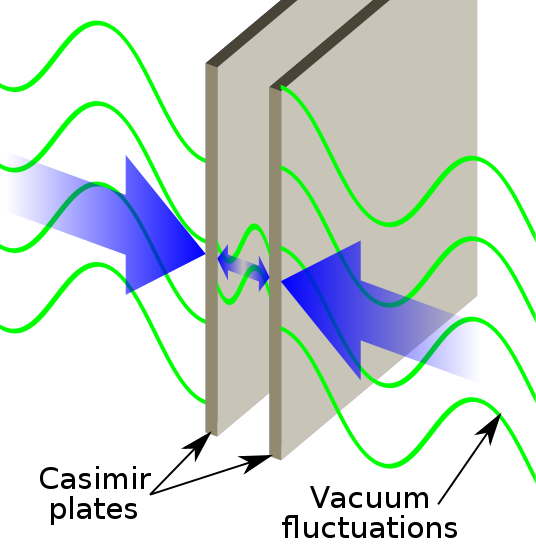
The higher the facuum energy outside, compared to the inside of the plates, should result in a pressure differential that pushes the plates together.
The Casimir effect was only successfully measured in 1996 by Steven Lamoreaux at the University of Washington, based on the initial ideas of one of his students.
When separated by less than am icrometer, conducting surfaces were found to be drawn together by a force that matched the predictions of quantum field theory.
There are potentially other explanations, for the observed force, this has been taken as stong evidence that vaccum energy is real.
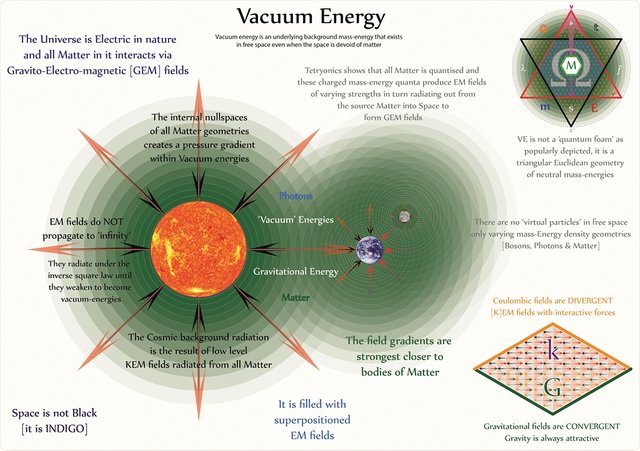
Neither the Casimir effect nor the Lamb shift allow measurement of the absolute strenght of vacuum energy.
They just measure its relative effect, inside versus outside Casimir plates, or between electrons in neighboring orbits.
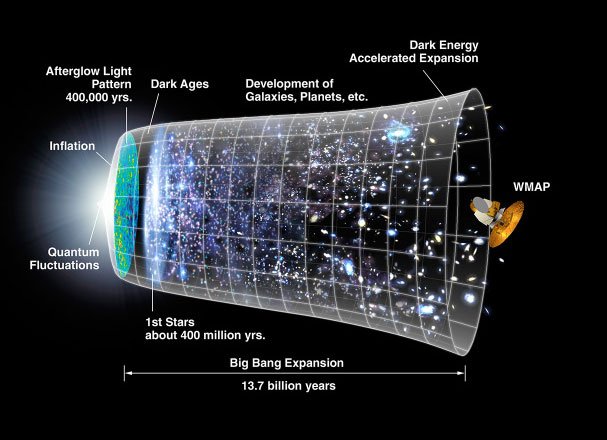
So how much vacuum energy is there? Well, there are two main ways to estimate this.
One is through an observation, and the other is theoretical. The observation is the accelerating expansion of the universe. Dark energy itself may be vacuum energy. If so, then the amount of vacuum energy needed to produce the ovserved acceleration is tiny, around one one handred millionth of an erg per cubic centimeter.
And the theoretical calculation of the strength of vacuum energy is a little higher than that.
In fact, it's 120 orders of magnitude higher. This crazy descrepancy between theory and observation is considered by some to be one of the greatest unsolved mysteries in physics.
Quantum field theory, with its dependence on virtual particles and vacuum fluctuations, is one of the most successful theories in all of science, and yet it's prediction of the strength of the vacuum energy seems to be wildly off.
This is actually very exciting.
It tells us that we don't yet have the whole picture and may provide a clue as to the next step we need to take.
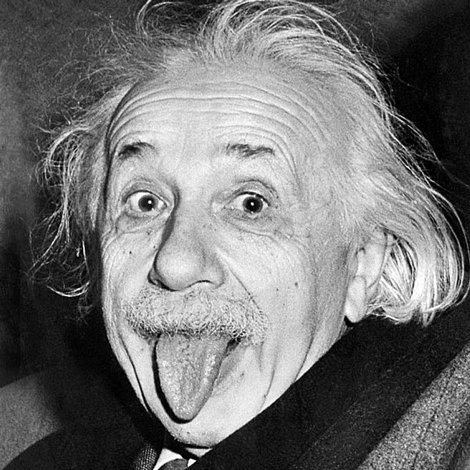
Thanks for reading! Feel free to follow, vote and Re-esteem if you find it useful. You can find more of my articles here:https://steemit.com/@sungazer13
Your post was resteem by Whale ResteemService @booster007
Keep it up!
All the best!
First Follow for 3 hours | Send a minimum transaction 0.100 steem/SBD with post URL in memo | Your post gets resteemed | A post can only be resteemed once!
Resteemed by @resteembot! Good Luck!
Curious?
The @resteembot's introduction post
The @reblogger's introduction post
Get more from @resteembot with the #resteembotsentme initiative
Check out the great posts I already resteemed.
Resteemed